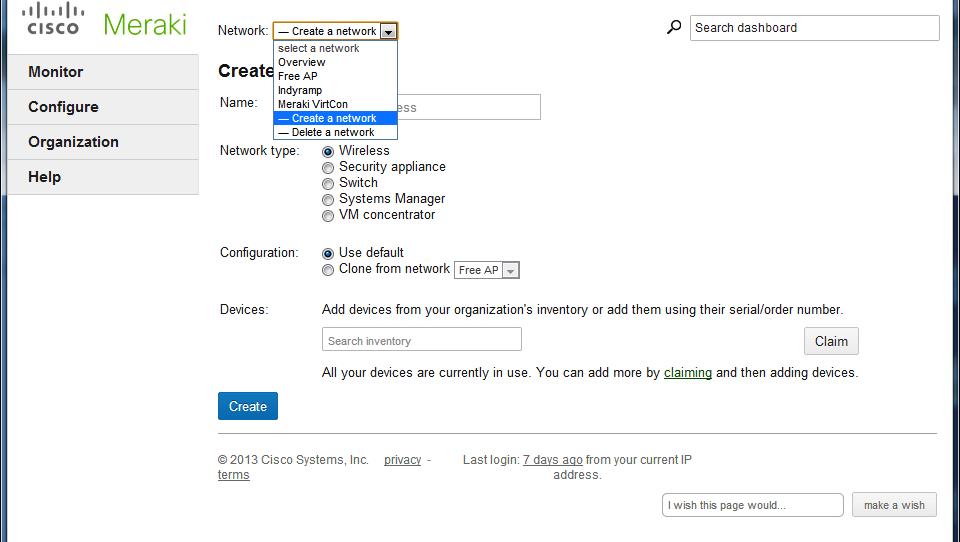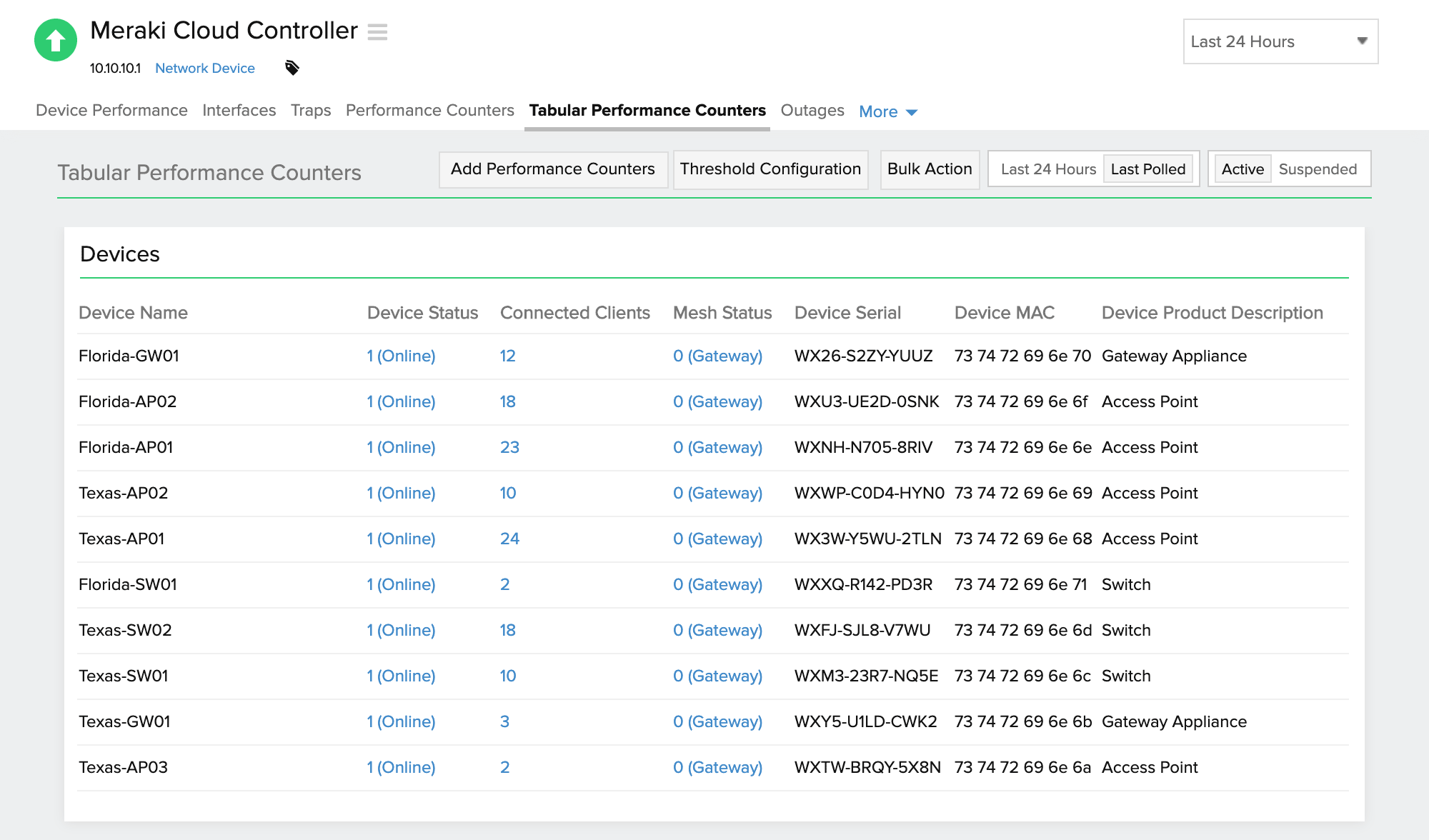

Cisco meraki vpn client update#
This will determine if the user can disconnect from the VPN.Ħ. Click File, Save the profile, then upload it on the Dashboard > Security & SD-WAN > An圜onnect Settings > "Profile Update option" and save your configuration. (Optional) Select or un-select Allow VPN Disconnect.

Configure Trusted Network Detection for Trusted and Untrusted Network.ĥ. For more details see Always-Onġ. Open the VPN Profile Editor and choose Preferences (Part 2) from the navigation pane.ģ. This is a client side configuration that can be enabled via the An圜onnect profile. Enforcing the VPN to always be on in this situation protects the computer from security threats. Manually: Profiles can also be preloaded manually to the same paths as listed above.Īlways-On operation prevents access to Internet resources when the computer is not on a trusted network, unless a VPN session is active. %ProgramData%\Cisco\Cisco An圜onnect Secure Mobility Client\Profileģ. Through an MDM solution: Systems Manager, an equivalent MDM solution, or Active Directory can be used push files to specific destinations on the end user's device. Profiles can also be pushed to the following paths: Through the An圜onnect server (MX): If profiles are configured on the dashboard, the MX will push the configured profile to the user's device after successful authentication.Ģ. When a profile is created, it needs to get pushed to the end user's device. For more details, see An圜onnect profiles. It is important to note that at this time, the Meraki MX does not support other optional client modules that require An圜onnect head-end support. These profiles can contain configuration settings like server list, backup server list, authentication time out, etc., for client VPN functionality, in addition to other optional client modules like Network Access Manager, ISE posture, customer experience feedback, and web security. Even if the hostname was easy to remember, selecting from a list of servers from the An圜onnect drop-down is more convenient that typing in a hostname.Ĭisco An圜onnect client features are enabled in An圜onnect profiles. Profiles can be used to create hostname aliases, thereby masking the Meraki DDNS with a friendly name for the end user. ) not as simply as a custom hostname, the need for An圜onnect profiles cannot be overemphasized. I'm planning to use as the VPN's address and already have the records created to route that subdomain to our router's public, static IP address.An An圜onnect profile is a crucial piece for ensuring easy configuration of the An圜onnect client software, once installed. With the Meraki DDNS hostname (e.g. How do I get this CSR from my domain controller? What roles do I need installed? Will the cert even work since the DC is not accessible/visible to the internet? This is one area where I am clearly not an expert, so please forgive my noobishness. When I went to RapidSSL to purchase their cert at $49 per year, it was asking for a CSR as generated by the server.

Cisco meraki vpn client free#
How do I purchase and link up the certificate? I was thinking of using StartSSL for the free cert, but their site is not accepting new users at the time :( From my understanding, the certificate needs to be setup on that domain controller to make this work. The VPN authenticates through TLS.Ĭan someone walk me through how the SSL/TSL Certificate works and how I set that up? I have a domain controller accessible internally (invisible to the internet, but reachable by the router). The piece that I am stuck on is the certificate portion. I plan to use the Active Directory Authentication option so that users can authenticate through our Domain Controller. I am attempting to setup a client VPN through our Cisco Meraki MX80 security appliance/router.


 0 kommentar(er)
0 kommentar(er)
